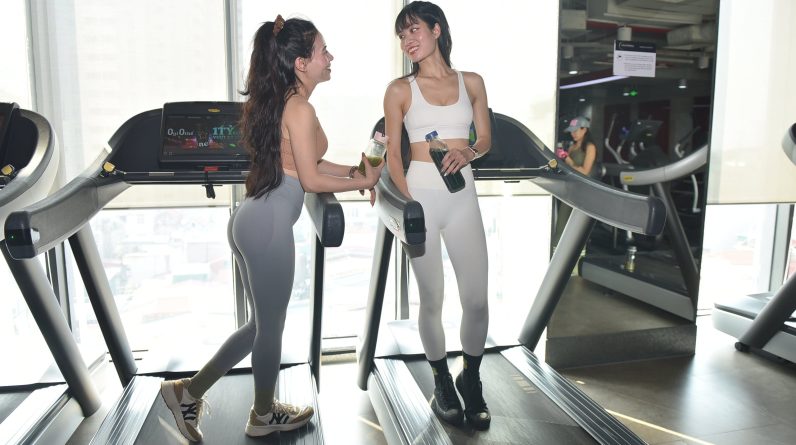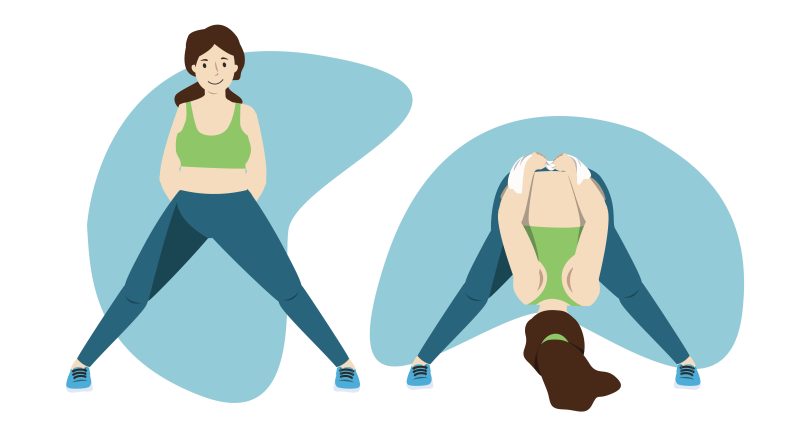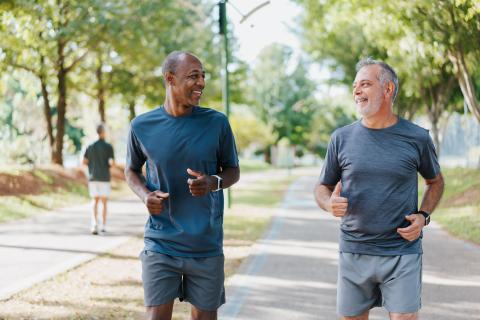
Low Impact Workouts for Seniors: Staying Healthy at Any Age
As we age, it becomes increasingly important to prioritize our physical health and well-being. Engaging in regular exercise not only helps maintain muscle strength and flexibility but also enhances cardiovascular health and improves overall quality of life. For seniors, low impact workouts are an excellent option to stay active without putting excessive strain on joints and muscles. In this article, we will explore a variety of low impact exercises that are safe, effective, and enjoyable for seniors to incorporate into their fitness routine. These exercises can be tailored to individual needs and abilities, ensuring that everyone can participate and reap the benefits of physical activity.
The Benefits of Low Impact Workouts for Seniors
Low impact workouts offer numerous benefits for seniors, making them an ideal choice for maintaining fitness and overall well-being. Here are some key advantages:
Reduced Joint Stress
Low impact exercises are gentle on joints, making them suitable for individuals with arthritis or joint pain.
Improved Cardiovascular Health
Engaging in low impact aerobic exercises helps strengthen the heart and improves circulation without putting excessive strain on the body.
Increased Muscle Strength and Flexibility
These workouts can help seniors maintain and build muscle strength while improving flexibility and balance, reducing the risk of falls.
Weight Management
Regular physical activity assists in maintaining a healthy weight, reducing the risk of obesity-related health issues such as diabetes and heart disease.
Enhanced Mental Health
Exercise releases endorphins, boosting mood, reducing stress, and promoting better mental well-being.
Types of Low Impact Workouts
Walking
Walking is a simple and accessible exercise that can be performed at any fitness level. It helps improve cardiovascular health, strengthens leg muscles, and enhances overall endurance. Seniors can start with shorter distances and gradually increase their walking time. To make it more enjoyable, consider walking with friends or joining a local walking group.
Swimming and Water Aerobics
Swimming is a fantastic low impact workout that provides resistance without putting stress on joints. Water aerobics classes are another great option, offering a variety of exercises that focus on cardiovascular fitness, muscle strength, and flexibility. The buoyancy of water also reduces the risk of falls, making it an excellent choice for seniors.
Cycling
Cycling, whether on a traditional bike or a stationary one, is an excellent low impact exercise for seniors. It helps improve cardiovascular health, leg strength, and joint flexibility. Seniors can choose the intensity and duration of their cycling sessions, making it suitable for different fitness levels. Cycling outdoors allows seniors to enjoy nature and fresh air, while indoor cycling offers convenience and protection from weather conditions.
Tai Chi and Yoga
Tai Chi and yoga are gentle exercises that promote relaxation, balance, flexibility, and mental well-being. These practices incorporate slow and controlled movements, suitable for seniors of all abilities. Tai Chi and yoga also focus on deep breathing and mindfulness, reducing stress and improving overall mind-body connection. Many community centers and fitness studios offer specialized classes for seniors.
Strength Training with Resistance Bands
Strength training is crucial for maintaining muscle mass and preventing age-related muscle loss. Using resistance bands provides a safe and effective way to build strength without straining joints. Seniors can perform various exercises such as bicep curls, squats, and shoulder presses using resistance bands. Start with lighter resistance and gradually increase as strength improves.
Tips for Getting Started with Low Impact Workouts
Low-impact workouts are a great way to exercise and improve your fitness level while minimizing stress on your joints and reducing the risk of injury. Whether you’re new to fitness or recovering from an injury, here are some tips to help you get started with low-impact workouts:
Consult with a healthcare professional
If you have any concerns about starting a new exercise routine, especially if you have a pre-existing condition or injury, it’s important to consult with a healthcare professional or a qualified fitness trainer. They can provide personalized guidance based on your individual needs and goals.
Start slow and gradually increase intensity
Begin with gentle exercises and gradually increase the intensity as your fitness level improves. Low-impact workouts such as walking, swimming, cycling, or using an elliptical machine are great options to start with. Listen to your body and don’t push yourself too hard too quickly.
Warm up and cool down
Prior to starting any workout, make sure to warm up your muscles and prepare your body for exercise. This can be done through light cardio exercises like brisk walking or cycling. Similarly, cool down afterward with stretches to help your body recover and prevent muscle soreness.
Focus on proper form and technique
When performing any exercise, pay attention to your form and technique to ensure you’re doing the movements correctly. Proper alignment and posture are essential for preventing injuries and maximizing the effectiveness of your workouts. If needed, consider working with a certified trainer to learn the correct techniques.
Incorporate strength training
Strength training is an important component of any fitness routine, even low-impact workouts. It helps build muscle strength, which can support your joints and improve overall stability. Include exercises such as bodyweight squats, lunges, resistance band workouts, or using light dumbbells to target different muscle groups.
Listen to your body
Always listen to your body’s signals. If you experience pain or discomfort during a workout, it’s important to stop and assess the situation. Pushing through pain can lead to further injury. Adjust your workouts accordingly, and if necessary, seek professional advice.
Cross-train and vary your workouts
Incorporate variety into your routine to engage different muscle groups and prevent boredom. Alternate between different low-impact activities such as swimming, yoga, Pilates, or stationary biking. This will help you maintain motivation and prevent overuse injuries.
Stay hydrated
Remember to drink water before, during, and after your workouts to stay hydrated. Proper hydration is crucial for overall health and can help prevent muscle cramps and fatigue.
Set realistic goals
Establish achievable and realistic goals for your fitness journey. Celebrate your progress along the way, whether it’s improving endurance, flexibility, or strength. Having clear goals can help keep you motivated and focused.
Be consistent
Consistency is key when it comes to any fitness routine. Aim for regular exercise sessions, ideally several times a week. Even if you start with short sessions, gradually increase the duration and frequency as you build your fitness level.
Remember, it’s important to enjoy the process and listen to your body. Embrace the low-impact workouts that you find enjoyable and sustainable, and don’t hesitate to seek guidance from professionals to ensure your safety and progress.
Precautions and Safety Measures to Consider
Consult with your Doctor
Get clearance from your doctor before starting a new exercise program.
Stay Hydrated
Drink plenty of water to prevent dehydration and overheating.
Use Proper Equipment
Whether it’s a pair of supportive shoes or a yoga mat, using proper equipment can help prevent injury.
Avoid Overexertion
It’s important to listen to your body and avoid pushing yourself too hard, which can lead to injury and exhaustion.
Sample Low Impact Workout Routine for Seniors
Warm-Up
5-10 minutes of gentle cardio such as walking or stationary cycling
Strength Training
10-15 minutes of exercises that use resistance bands, weights or bodyweight exercises such as squats and lunges
Cardiovascular Exercise
20-30 minutes of low-impact exercise such as walking or swimming
Cool Down and Stretch
5-10 minutes of gentle stretching to reduce muscle soreness and improve flexibility.
Low impact workouts are an easy and accessible way for seniors to stay healthy and active. Always consult with your doctor before starting any new exercise program, and make sure to listen to your body to avoid injury. With a little effort and consistency, you can enjoy the many benefits that low impact workouts have to offer.






